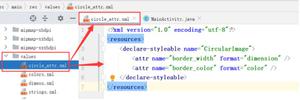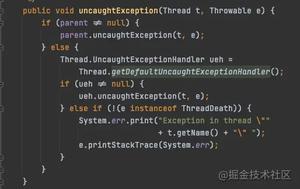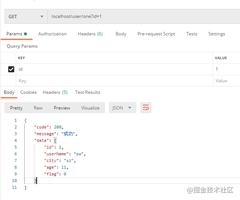HBaseBucketAllocatorException异常剖析

近日,观察到HBase集群出现如下WARN日志:
2020-04-18 16:17:03,081 WARN [regionserver/xxx-BucketCacheWriter-1] bucket.BucketCache:Failed allocation for 604acc82edd349ca906939af14464bcb_175674734;
org.apache.hadoop.hbase.io.hfile.bucket.BucketAllocatorException: Allocation too big size=1114202; adjust BucketCache sizes hbase.bucketcache.bucket.sizes to accomodate if size seems reasonable and you want it cached.
大概意思是说:由于block块太大(size=1114202)导致BucketAllocator无法为其分配空间,如果想要被缓存并且觉得这样做合理,可以调整参数hbase.bucketcache.bucket.sizes。
默认情况下,HBase BucketCache 能够缓存block的最大值为512KB,即hbase.bucketcache.bucket.sizes=5120,9216,17408,33792,41984,50176,58368,66560,99328,132096,197632,263168,394240,525312,默认14种size标签。如果想要缓存更大的block块,我们可以调整参数为 hbase.bucketcache.bucket.sizes=5120,9216,17408,33792,41984,50176,58368,66560,99328,132096,197632,263168,394240,525312,1049600,2098176,此时最大容许2MB的block。
下面我们简单看一下对应源代码,涉及相关类为:
/hbase-server/src/main/java/org/apache/hadoop/hbase/io/hfile/bucket/BucketAllocator.java
BucketAllocator主要实现对bucket的组织管理,为block分配内存空间。
/** * Allocate a block with specified size. Return the offset
* @param blockSize size of block
* @throws BucketAllocatorException
* @throws CacheFullException
* @return the offset in the IOEngine
*/
public synchronized long allocateBlock(int blockSize) throws CacheFullException,
BucketAllocatorException {
assert blockSize > 0;
BucketSizeInfo bsi = roundUpToBucketSizeInfo(blockSize);
if (bsi == null) {
throw new BucketAllocatorException("Allocation too big size=" + blockSize +
"; adjust BucketCache sizes " + BlockCacheFactory.BUCKET_CACHE_BUCKETS_KEY +
" to accomodate if size seems reasonable and you want it cached.");
}
long offset = bsi.allocateBlock();
// Ask caller to free up space and try again!
if (offset < 0)
throw new CacheFullException(blockSize, bsi.sizeIndex());
usedSize += bucketSizes[bsi.sizeIndex()];
return offset;
}
在调用roundUpToBucketSizeInfo()方法后,返回结果如果为null则抛出BucketAllocatorException异常。看一下roundUpToBucketSizeInfo()方法:
/** * Round up the given block size to bucket size, and get the corresponding
* BucketSizeInfo
*/
public BucketSizeInfo roundUpToBucketSizeInfo(int blockSize) {
for (int i = 0; i < bucketSizes.length; ++i)
if (blockSize <= bucketSizes[i])
return bucketSizeInfos[i];
return null;
}
该方法将传入的blockSize与数组bucketSizes从索引0开始取值进行比较,一旦小于bucketSize[i],则为该block分配bucketSizeInfos[i]大小的空间存放该block。
我们看一下数组bucketSizes的初始化过程:
private static final int DEFAULT_BUCKET_SIZES[] = { 4 * 1024 + 1024, 8 * 1024 + 1024, 16 * 1024 + 1024, 32 * 1024 + 1024, 40 * 1024 + 1024, 48 * 1024 + 1024,
56 * 1024 + 1024, 64 * 1024 + 1024, 96 * 1024 + 1024, 128 * 1024 + 1024,
192 * 1024 + 1024, 256 * 1024 + 1024, 384 * 1024 + 1024,
512 * 1024 + 1024 };
private final int[] bucketSizes;
BucketAllocator(long availableSpace, int[] bucketSizes)
throws BucketAllocatorException {
this.bucketSizes = bucketSizes == null ? DEFAULT_BUCKET_SIZES : bucketSizes;
Arrays.sort(this.bucketSizes);
...
}
可以看到,如果bucketSizes == null默认取数组DEFAULT_BUCKET_SIZES的值,并对该数组进行排序。这一步的排序为上一步的循环比较奠定了基础。
而数组DEFAULT_BUCKET_SIZES的值,也就是参数hbase.bucketcache.bucket.sizes的默认值。
转载请注明出处!欢迎关注本人微信公众号【HBase工作笔记】
以上是 HBaseBucketAllocatorException异常剖析 的全部内容, 来源链接: utcz.com/z/533242.html







